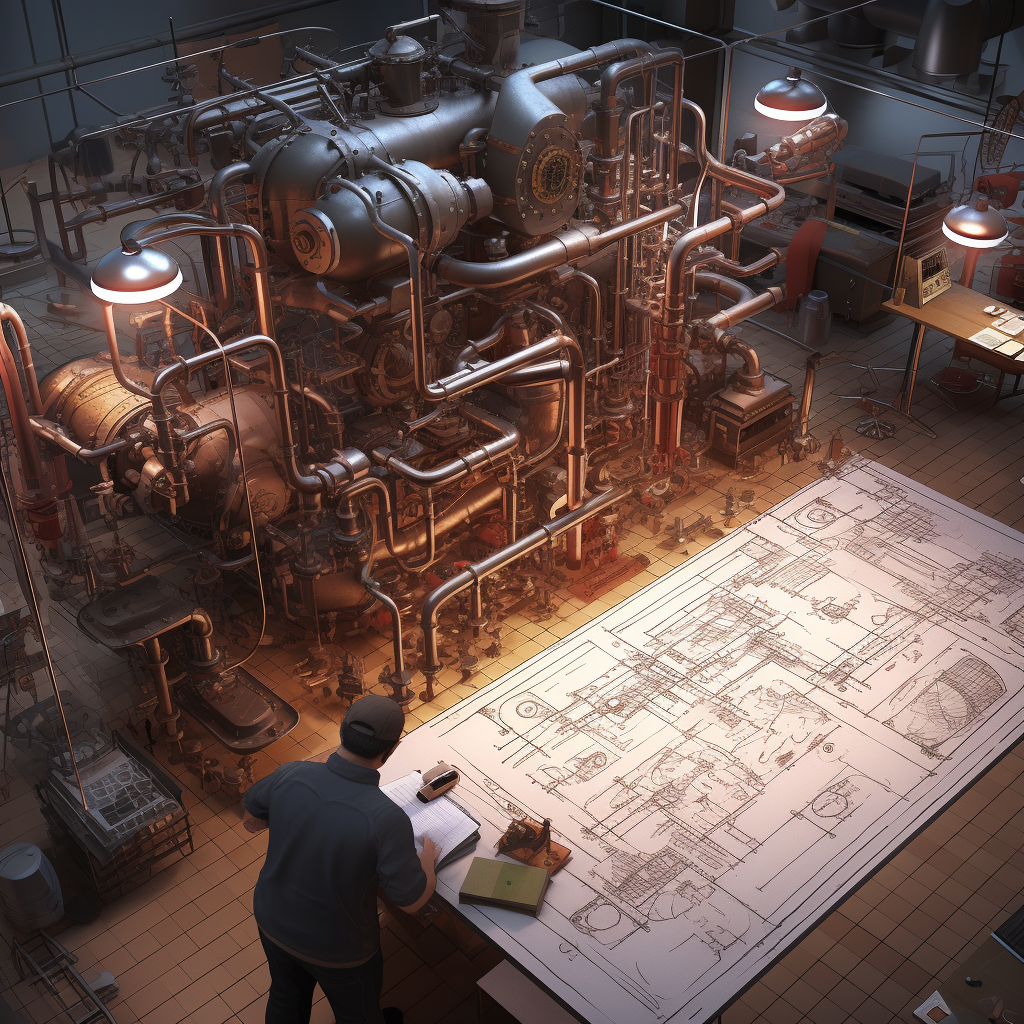Design for Manufacturing: Fundamentals

What is Design for Manufacturing?
In a modern manufacturing environment, engineers and designers provide novel and innovative product designs to satisfy a demand for finished goods. These products are usually complex with many interlocking parts and subassemblies. To provide cost-effective design solutions for creating these products, engineers, and designers should follow a set of design criteria often referred to as "design for manufacturing."
Design for Manufacturing is creating products in a way that ensures the manufacturing process minimizes complex assemblies and difficult-to-machine parts. This practice may incorporate techniques such as Lean, Six Sigma, and 5S. By minimizing expensive design practices, the overall product cost may be driven down. Furthermore, by avoiding complex design practices, the overall effort to assemble each product may be driven down.
Another advantage of Design for Manufacturing is a more durable design. For example, in additive manufacturing, some forms of 3d printing perform poorly when certain requirements are placed upon them. When performing extrusion printing, rasterized wall thickness must be carefully considered when making complex curving shapes. Not following the wall thickness guideline for each material and extrusion method may result in additive manufactured products that are unstable or cannot meet tolerance requirements.
In addition to reducing manufacturing flow times, part manufacturing costs, and improving overall product durability, maintenance costs may also be reduced by including more simple assemblies. This is due to the maintenance technician having to disassemble fewer assembly parts to reach the required part. An example could be moving a gearbox from deep inside a machine to a more user-serviceable area to prevent the technician from disconnecting piping to open the gearbox cover to lubricate a planetary gear set for a yearly maintenance item.
Design for Manufacturing techniques should generally be incorporated wherever possible in the design process. Early incorporation of DFM can drastically reduce costs as up to 70% of manufacturing costs are incurred in the initial phase of product design according to some studies. By eliminating wasteful design decisions in the earlier parts of the product development lifecycle, future complications may be eliminated before they manifest.
Ultimately, Design for Manufacturing can be considered a cost-elimination and flow-time reduction technique. Through the incorporation of special design criteria, product costs can be reduced while simultaneously reducing non-value-added labor. As a design team grows in experience using Design for Manufacturing, products will continue to become more innovative without a subsequent proportional rise in manufacturing complexity.





Member discussion